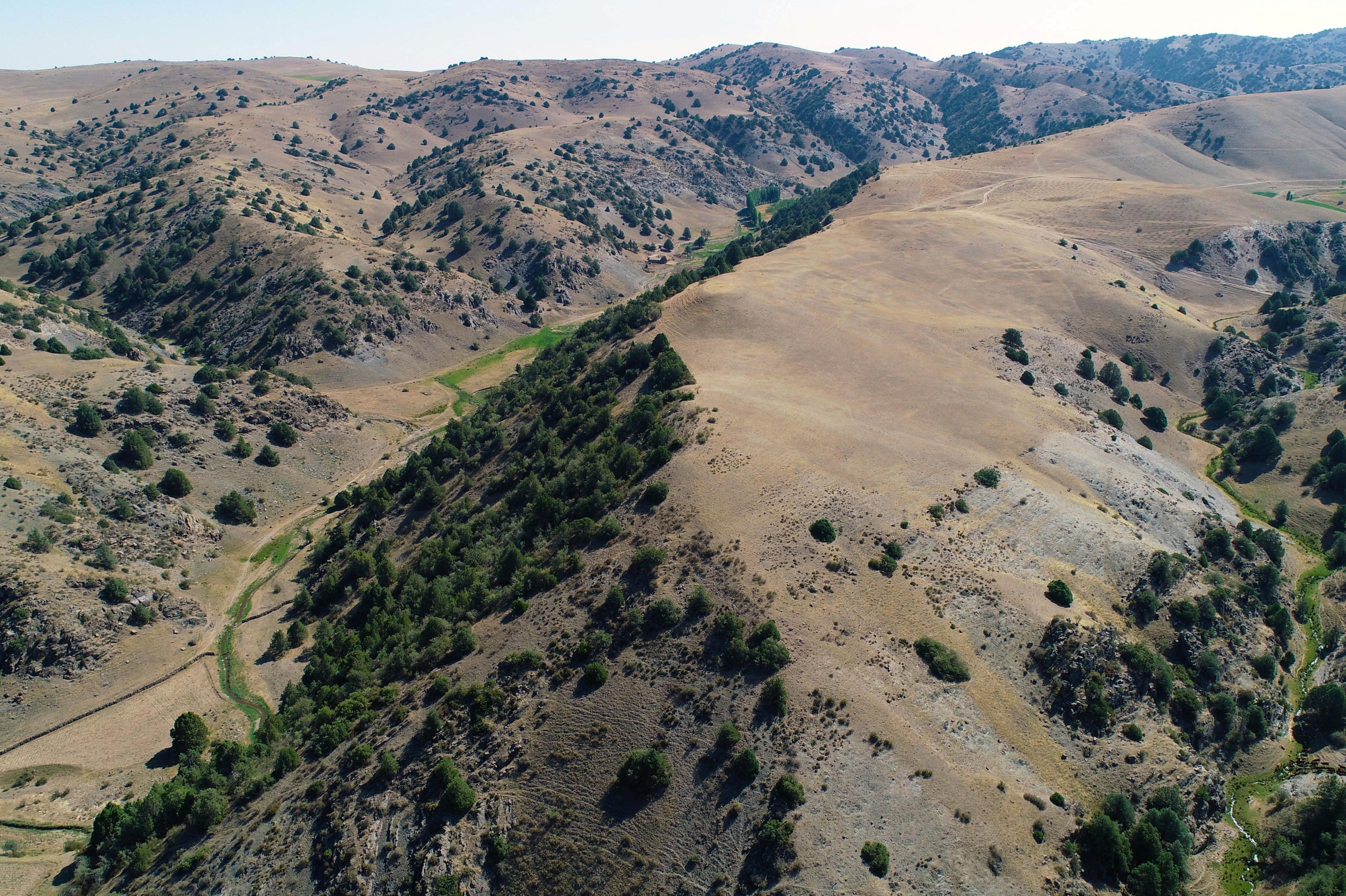Two cities lost for centuries have been uncovered by archaeologists in Uzbekistan along the Silk Road in a discovery that could shift the perspective on what we know about the ancient trading route.
The cities were discovered in the rugged mountains only 3km apart using laser remote-sensing technology that can detect structures under vegetation.
Researchers sent out LiDAR scanning technology, used to measure topography, on drones to map the scale and layout of the cities, uncovering structures, plazas, roads and other urban features indicating city settlements.
Their placement among the mountains, around 2,000-2,200m (6,562-7217 feet) above sea level, is particularly interesting as an altitude this high would have delivered bittely cold winters – with temperature levels that only three per cent of the global population live at today.
Publishing their findings in the scientific journal Nature, the researchers also said the discovery of these cities, which appear to have been mysteriously abandoned hundreds of years ago, could shift the understanding of the economic and cultural landscape of historic Central Asia.
“The key finding of this study is the existence of large, fortified and planned cities at high elevation, which is still a rare occurrence but is much more exceptional in ancient times,” research leader Michael Frachetti from Washington University in Saint Louis, said, per Reuters.

Tugunbulak, the larger of the two cities, existed from around the 6th to the 11th century CE, spanning across 300 acres. Researchers believe it once had a population of tens of thousands and is thought to be one of the largest cities of its time within the region.
The vast city had five watchtowers and a central fortress all protected by thick stone and mud-brick walls.
After excavating one of Tugunbulak’s fortified buildings, the researchers found the remains of kilns and furnaces, leading them to believe that it could have been a factory where metalsmiths were producing iron or steel.
“Tugunbulak in particular complicates much of the historical understanding of the early medieval political economy of the Silk Routes, placing both…
Click Here to Read the Full Original Article at The Independent Travel…
